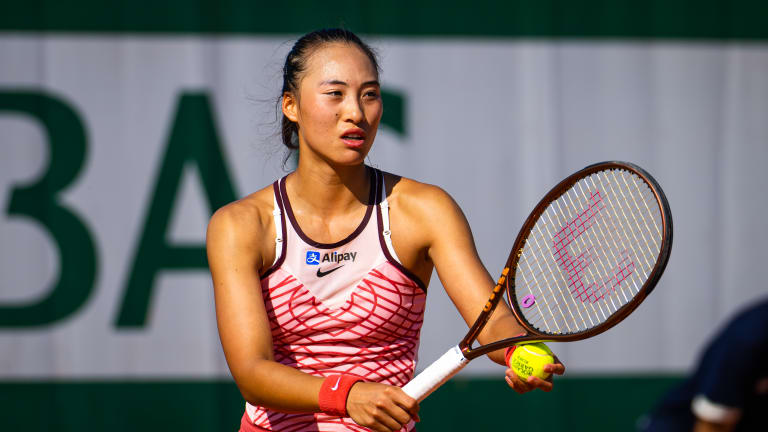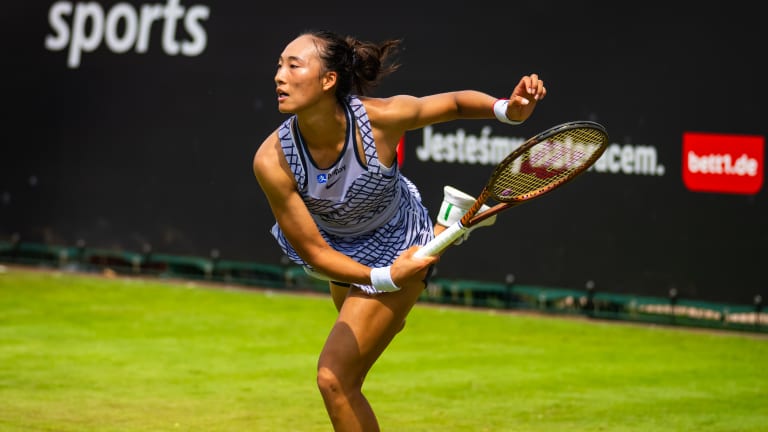Your Game
TECH Talk: Palermo winner Zheng Qinwen's powerhouse service strategy
By Jul 27, 2023Your Game
Racquet Review: Wilson Clash 100 Pro v3
By Apr 06, 2025Your Game
Shoe Review: Adidas Ubersonic 5
By Apr 05, 2025Your Game
Doubles Partners: Asics and A.P.C. team up for one-of-a-kind tennis collection
By Mar 30, 2025Your Game
Babolat and Lamborghini collaborate on new padel racquet collection
By Mar 29, 2025Your Game
Madison Keys: how racquet change led to first Grand Slam title
By Mar 28, 2025Your Game
Geared Up: Grigor Dimitrov continues to be a force with Wilson, Lacoste and Adidas
By Mar 23, 2025Your Game
Racquet Review: Babolat Pure Drive
By Mar 22, 2025Your Game
Racquet Review: Tecnifibre T-Fight 305S
By Mar 16, 2025Your Game
Racquet Review: Yonex EZONE 98
By Mar 15, 2025Your Game
TECH Talk: Palermo winner Zheng Qinwen's powerhouse service strategy
The 20-year-old from China recently earned her first career WTA title with a strong serve and an aggressive first shot.
Published Jul 27, 2023
Advertising
Advertising

Zheng has 215 aces under her belt on the WTA.
© 2023 Robert Prange

WTA's 2022 Newcomer of the Year is working her way back into the Top 20.
© 2023 Robert Prange